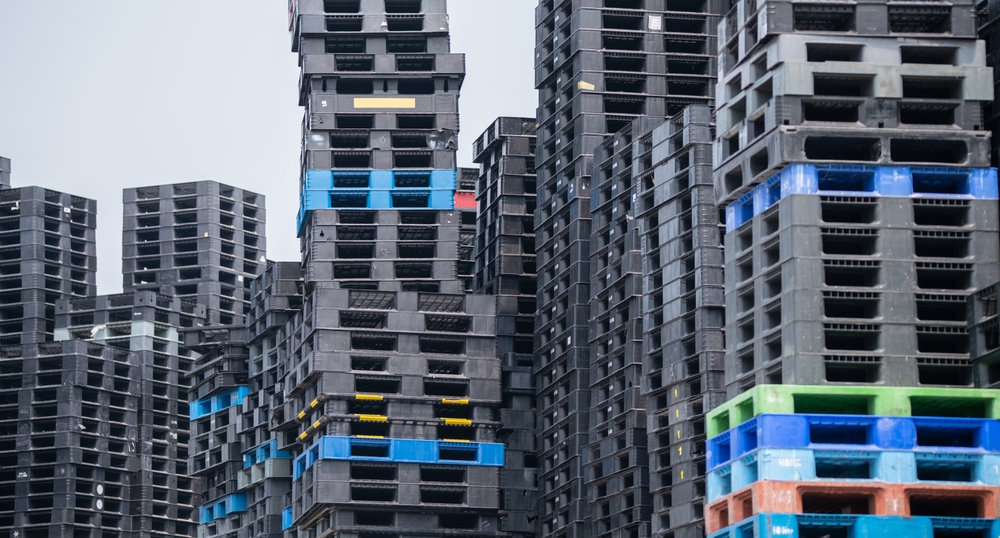Plastic often gets a bad rap due to its association with pollution and environmental degradation. However, when managed responsibly, plastic can actually be a more sustainable and environmentally friendly choice than other materials. In fact, in many cases, plastic’s unique properties make it a key player in reducing carbon footprints, conserving resources, and promoting a circular economy. This blog explores several scenarios where plastic and plastic products are the greener choices.
1. Resource Efficiency: Making More with Less
One of the key environmental advantages of plastic is its resource efficiency. Plastic’s lightweight nature means that it requires fewer raw materials to produce a large volume of goods compared to alternatives like glass, metal, or paper. This efficiency translates into significant reductions in energy consumption, water usage, and carbon emissions during the manufacturing process.
For instance, consider the case of Coca-Cola, which managed to cut its carbon footprint by switching from aluminum cans to plastic bottles in 2019. The move to plastic allowed the company to optimize resource use, leading to lower emissions and a smaller environmental impact. This is a clear example of how plastic, when utilized thoughtfully, can contribute to sustainability efforts.
2. Durability and Longevity: Extending Product Lifespans
Another critical advantage of plastic is its durability and longevity. Properly designed and manufactured plastic products can last for years, reducing the need for frequent replacements and, consequently, the demand for new materials. This makes plastic an ideal material for various applications, including in the medical, packaging, construction, and automotive industries.
Plastic’s durability also plays a crucial role in reducing food waste. Plastic packaging can extend the shelf life of perishable goods by protecting them from spoilage. Given that food waste is a significant contributor to environmental degradation, the role of plastic in preserving food is an important factor in its favor. By preventing spoilage, plastic helps conserve resources and reduce the environmental impact associated with food production.
3. Lightweighting: Reducing Transportation Emissions
Plastic’s lightweight properties make it a greener option for applications requiring transportation. Take, for example, the increasing number of plastic pallets for sale; compared to their wooden counterparts, these are lighter and more durable. This leads to reduced fuel consumption and lower greenhouse gas emissions during transportation. Additionally, these plastic pallets can be made from recycled materials and are themselves recyclable at the end of their life cycle, further enhancing their sustainability credentials.
The concept of “lightweighting” is also essential in industries like automotive and aerospace. By substituting heavier materials like steel or aluminum with lightweight plastic, companies can reduce the overall weight of vehicles and aircraft, improving fuel efficiency and reducing emissions. This practice not only lowers the environmental footprint but also results in cost savings through improved fuel economy and reduced maintenance.
4. Supporting Renewable Energy Generation
Plastic plays a pivotal role in the renewable energy sector, particularly in the production of thin-film solar panels. These panels, made from flexible plastic materials, are lighter, more affordable, and easier to install compared to traditional solar panels. By facilitating the broader adoption of solar energy, plastics contribute to reducing reliance on fossil fuels and mitigating climate change.
5. Waste-to-Energy Conversion: Turning Waste into a Resource
Innovative waste management techniques have opened up new possibilities for plastic waste. Non-recyclable plastic can be converted into energy through processes like pyrolysis and gasification, turning waste into a valuable resource such as fuel oil. These technologies not only help reduce plastic waste in landfills but also generate clean energy, offering a dual benefit.
Even in cases where plastics are not converted into energy, most common forms of plastic degrade outdoors within a few years, lessening their long-term environmental impact compared to other non-biodegradable materials.
6. Advancements in Recycling Technologies
Continual improvements in recycling technologies are transforming how we manage plastic waste. New methods like chemical and mechanical recycling enable the recovery of valuable materials from used plastic products, diverting them from landfills. By closing the loop and reintroducing these materials into the production cycle, we can reduce the need for virgin resources and minimize environmental impact.
Embracing Plastic’s Potential for Sustainability
While plastic has undeniably contributed to environmental challenges, it’s crucial to recognize its potential merits from a sustainability perspective. By leveraging its lightweight, durable, and recyclable properties, we can foster resource efficiency, reduce waste, and promote renewable energy. The key lies in responsible plastic management, investing in innovative technologies, and advocating for a circular economy. By doing so, we can unlock the true potential of plastic as a sustainable material and work towards a more environmentally friendly future.
Keep an eye for more latest news & updates on Times Analysis!



